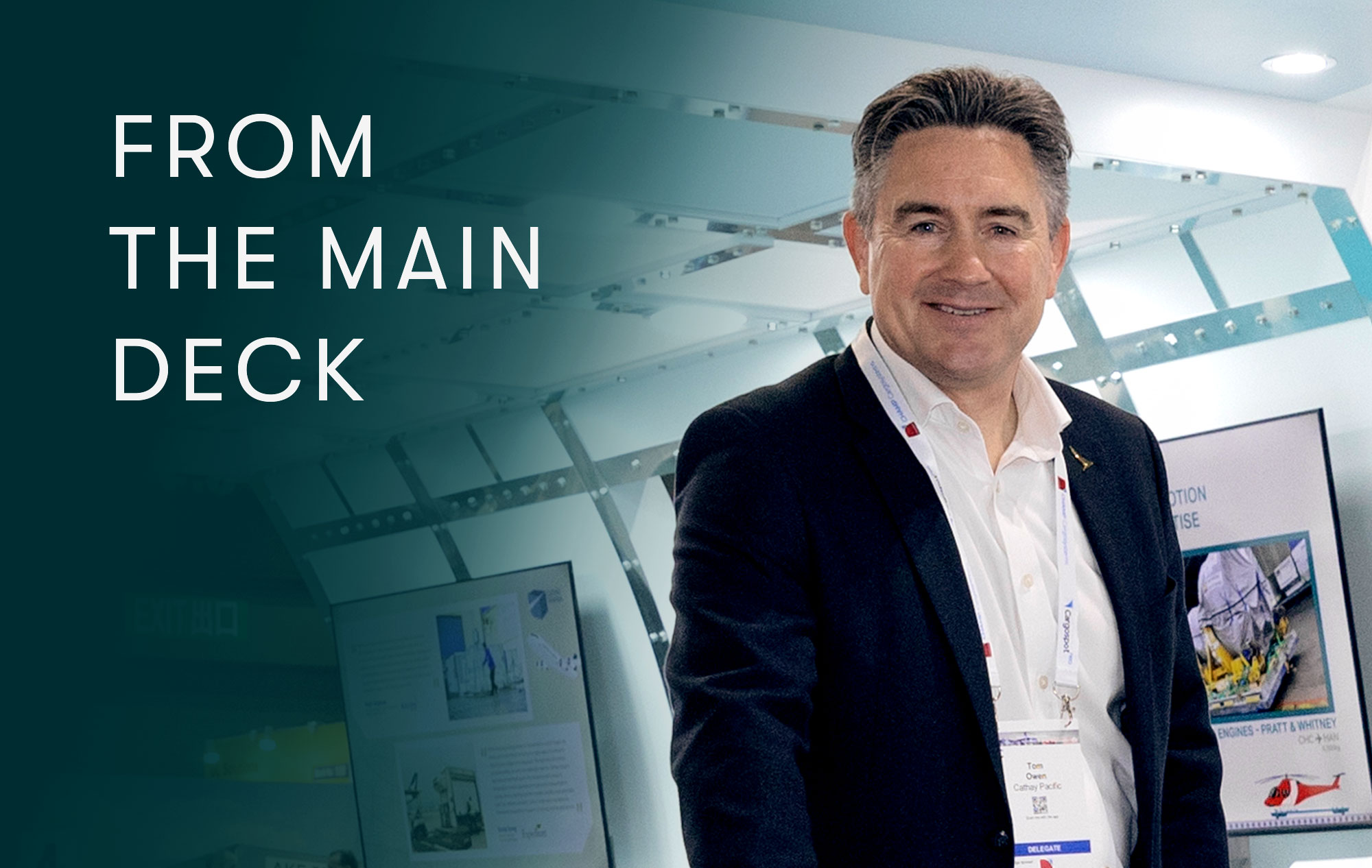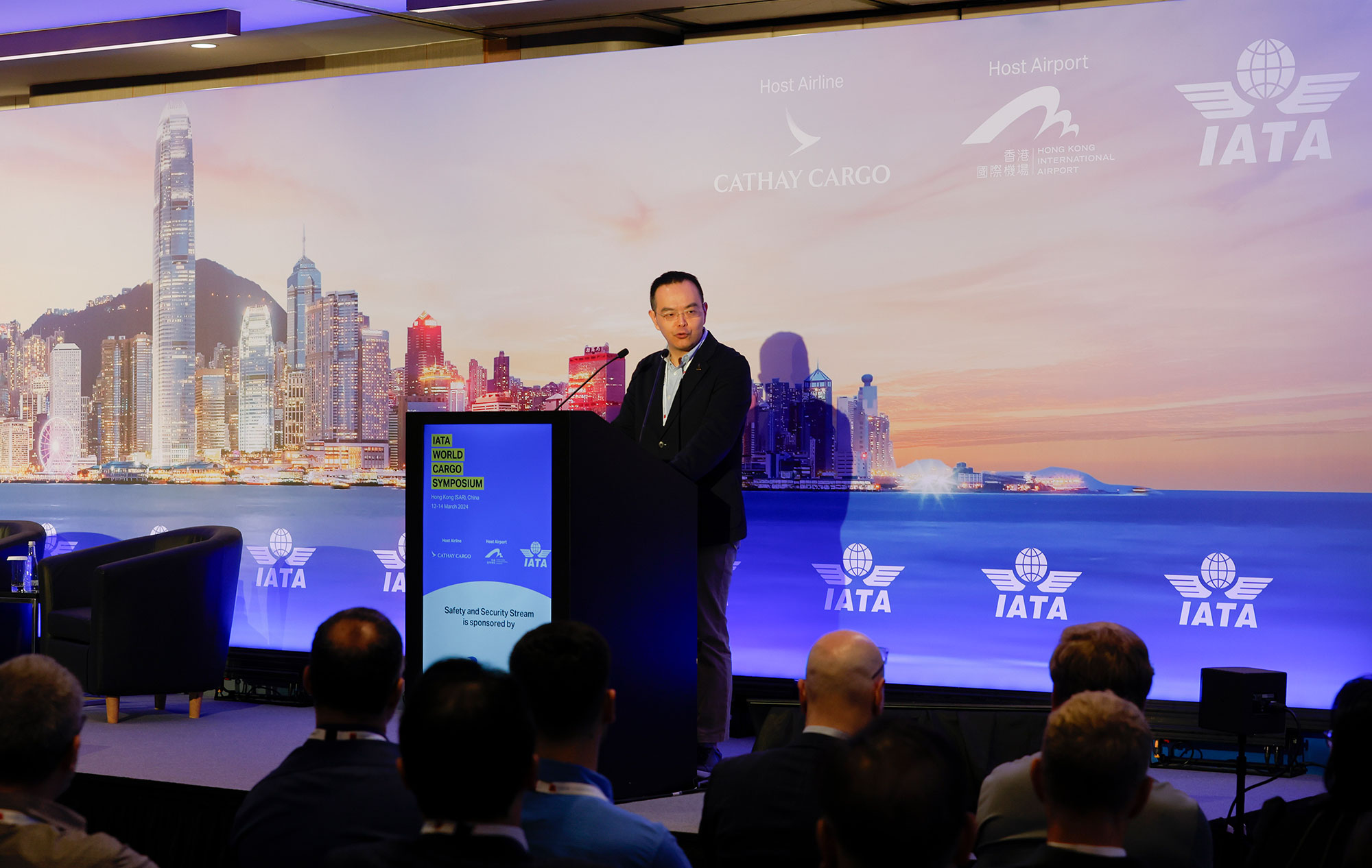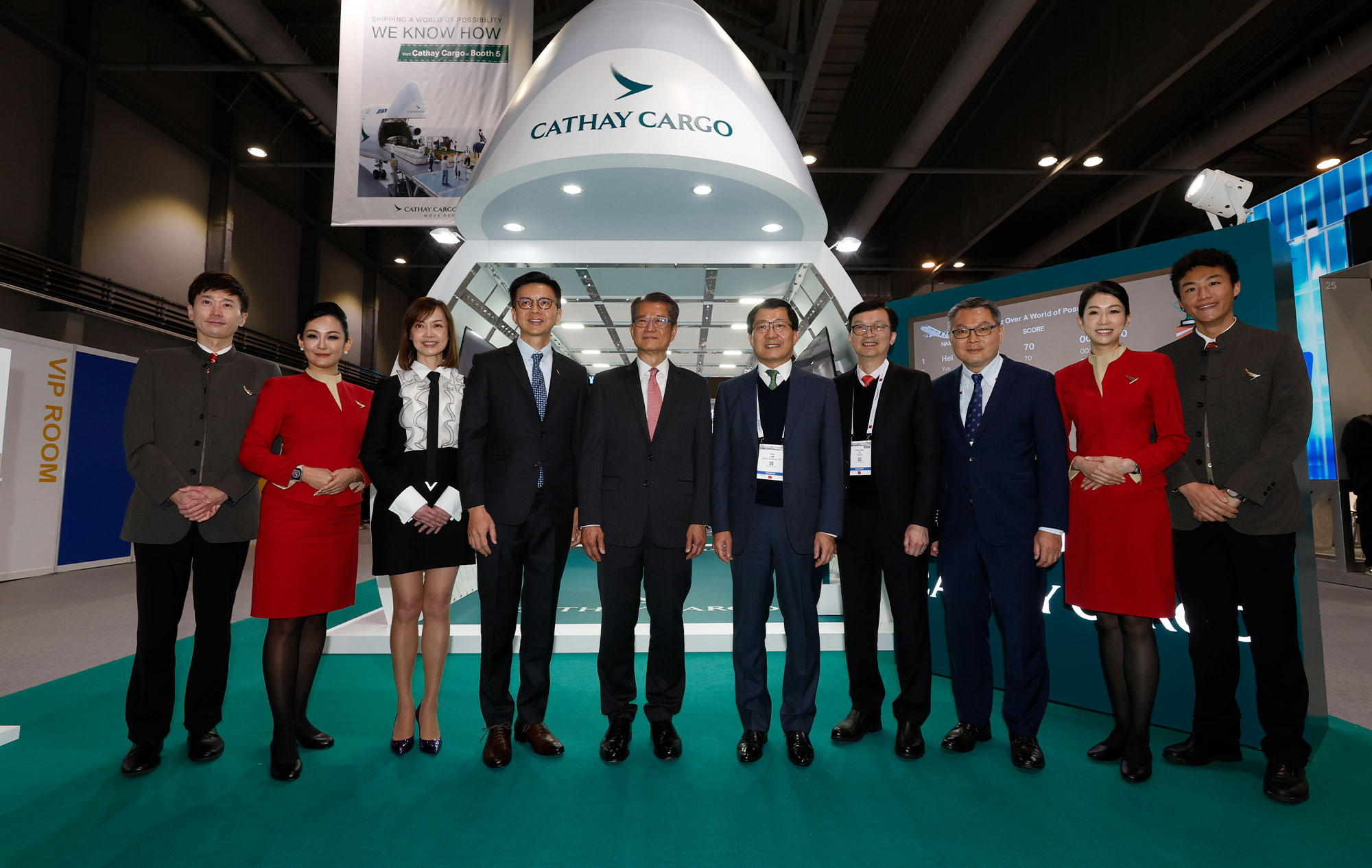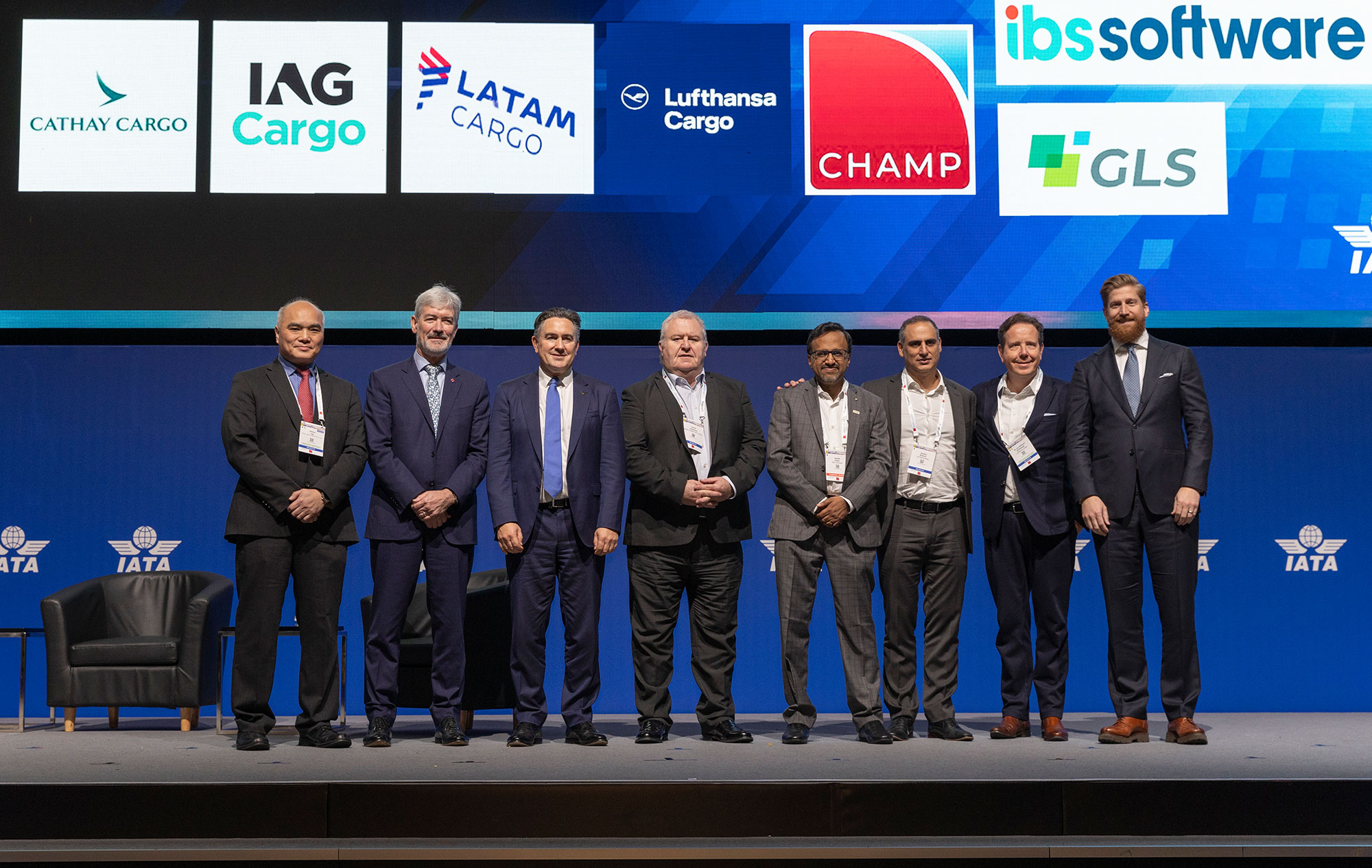
Steven Polmans, head of cargo & logistics, strategic development of Brussels Airport Company, has had a front seat to assess CEIV. The certification was first implemented at Brussels. ‘Not only have we seen a better alignment of the processes between all stakeholders, but also the knowledge – and especially the understanding between different parties – has increased considerably,’ he says.
Swissport was among the first wave of companies that went through the process at Brussels, is part of the airport community there, and has since implemented CEIV in several other stations around the world. Anna Renedo Ojanen, Vice-President Global Operations – Cargo, finds that CEIV has enables it to provide customers with a more transparent process.
‘We increased the visibility throughout the supply chain and improved the link between shipment and data,’ she says. ‘This is coupled with a single process for staff to follow so that the probability of errors is diminished.’
DHL Global Forwarding is in the process of rolling out CEIV across its network. In August, it obtained certification for Frankfurt and Hamburg and Thilo Specht, Vice-President Airfreight, Germany, feels the certification ensures the standards required for pharmaceuticals mandates in terms of standardised processes and a compliant, well orchestrated network.
With an increased focus on audits across the pharmaceutical industry, Debby Mattys, Global Logistics Associate Director Compliance, EMEA at Merck Sharp Dome, praises IATA not only for its commitment to set an industry standard, but also its effort to assess and train the stakeholders involved. ‘The IATA training and assessment, including the validation programme, meets the needs of pharmaceutical companies,’ she says.
Brussels’ Polmans reports support from shippers for the programme. This has given him the conviction that those who obtain the certificate stand to gain a bigger share of pharma volumes.
Swissport’s Renedo Ojanen agrees. ‘The revenue potential comes when shippers are comfortable with the GDP compliant supply chain through the cargo terminals,’ she says. This does have some ramifications for cost.
‘The combination of a distinctive and robust temperature mapping process of temperature controlled facilities and the respective training requirements does have an effect on the cost,’ she adds.
But then these are high-yield shipments. Polmans adds: ‘There is indeed a cost factor that you cannot ignore, but it depends on what you already have in place,’ he says. For companies that start from scratch, the investment in infrastructure, processes and training will be much higher. And this is likely to continue.
Gino Vleugels, Senior Manager EMEA Temperature Control at the Janssens Pharmaceutical Companies of Johnson & Johnson, says certification does not mark the end of the road. He regards CEIV as a work in progress in cooperation with other stakeholders. ‘We look forward to working closely with IATA in further enhancing the CEIV pharma programme and promoting the programme to ensure its worldwide adoption,’ he says.
For Polmans this means the vision of extending CEIV beyond individual companies or local airport communities. This is the basis for the PHARMA.AERO initiative that Brussels and Miami airports launched last year that enables air cargo industry stakeholders to foster collaboration between two CEIV-certified airport communities for reliable end-to-end transportation. Participants must have embraced CEIV. Soon that will include US cargo airline Amerijet, which is in the process of getting certified, which aims to launch twice-weekly Boeing 767F services between Brussels and Miami next year, establishing a CEIV-certified transatlantic corridor.








